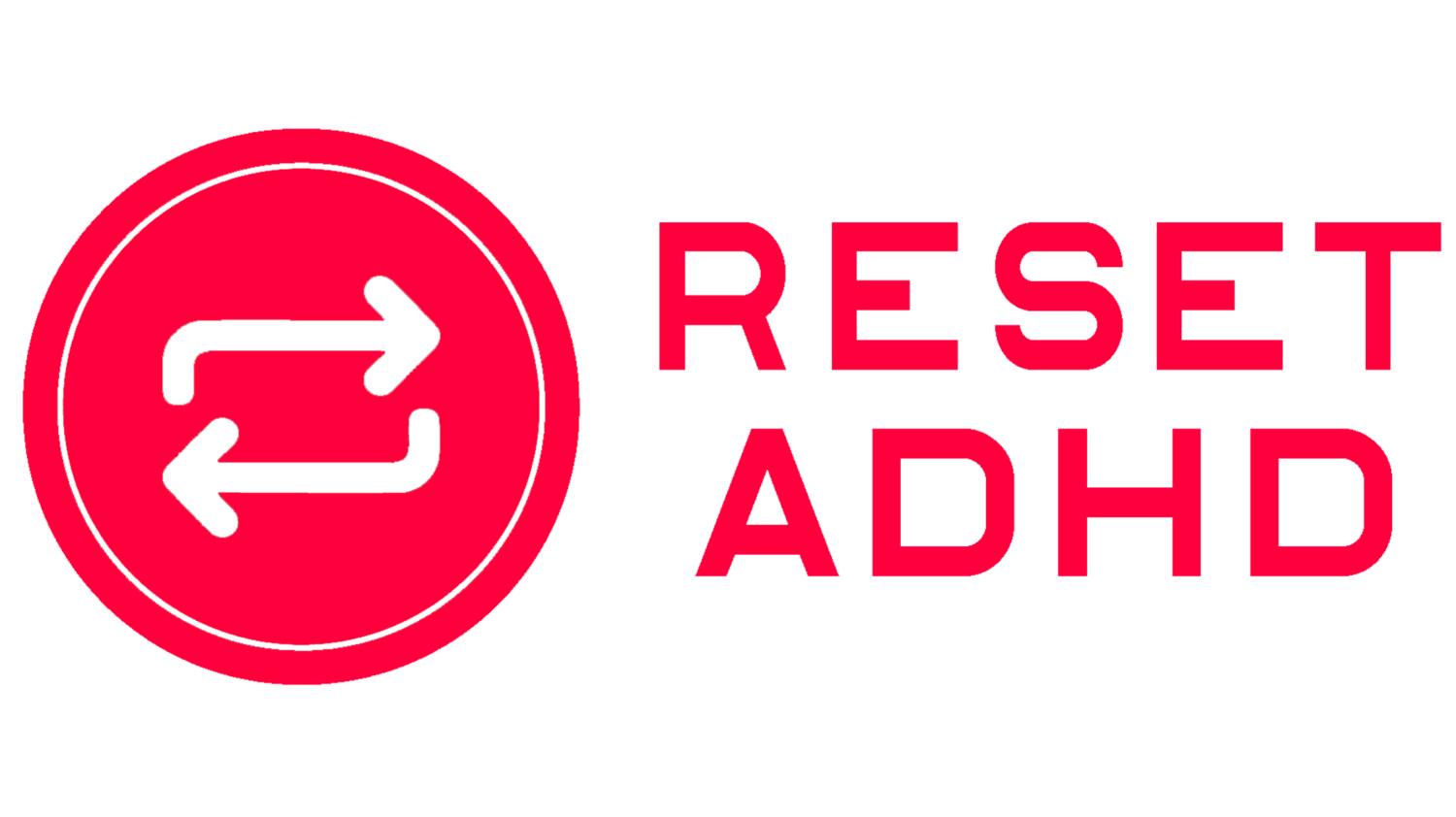Your Things Need Parking Spaces
Long before I was an ADHD coach, I was a high school student. Every day when I was in high school, I would see my fellow students searching the parking lot for their cars after school. Our parking lot was large and it was difficult to remember where you had found a spot. In my junior year, I discovered a workaround to this problem and I never dealt with it for my final two years at that school.
In typical ADHD fashion, I frequently found myself running late to school at the beginning of my junior year. It was the first year I did not ride to school with a sibling. I was responsible for getting myself to school. This meant I could leave the house whenever I wanted. It also meant that I would leave the house with just barely enough time to get to my first-period class on time. For this reason, I never bothered to scan the parking lot for the closest spot to the door. I knew I could not waste time driving up and down the parking lot lanes looking for the ideal spot. I just pulled into the first spot I saw as I drove into the parking lot which was always open. After doing this for several days, I noticed I did not have to join the herds of students trying to find their cars after school. I knew where I parked. The forced habit of parking in the same spot helped me remember where I parked.
I then decided to always park there no matter what time I arrived at school. Even if I got to school when the parking lot was mostly empty I would still park there because I wanted to remember where I parked. Yes, I had a long walk to the door, but I saved myself time by not having to search the parking lot for my car. This has become a useful strategy for me when dealing with the working memory deficits of my ADHD brain.
Working Memory
The ADHD brain has an underactive prefrontal cortex. This causes the working memory of the ADHD brain to be less effective. But, what is working memory?
Think of working memory as your mental sticky note. You can only remember a few things, hold them in mind, and do stuff with them at a time. Experts debate the exact number of things you can have on your mental sticky note at a time. However, we do know that, whatever that number is for neurotypicals, it is lower for those of us with ADHD. This means we are more likely to lose something two seconds after we set it down than everyone else.
Park Your Things
The working memory deficits in the ADHD brain create the need for regular “parking spaces” for your things. For example, my phone always goes in my right front pocket. ALWAYS. If it is not in that pocket, I have no idea where it is. One time, I was sitting at a coffee shop with someone and was talking about how I always keep my phone in that pocket. As I said, “Right front pocket,” I placed my hand over my right front pocket to discover my phone was not there. I freaked out and started searching for my phone, completely unaware my phone was sitting right in front of me in my line of sight.
If you want to be always able to find your things, create parking spots for them. When I am sitting at my desk, I always have a cup of water to the right of my computer. If I were to move it, I would have no idea where it is. This often happens when I am not working. I’ll have a cup of water and lose track of it because I do not remember where I set it down.
Ask yourself: How can you use this in your own life? To what objects can you assign parking spaces? A TV remote might always need to be set down on the same end table any time you change the channel or adjust the volume. A car key might have to always go on a hook as soon as you enter your house. These are just suggestions. Your parking spaces should be as unique as you are.
PS If you need help assigning appropriate parking spaces for your things, coaching can help!
